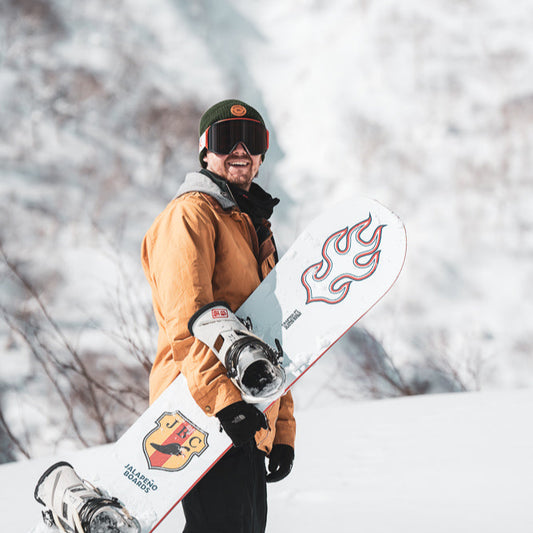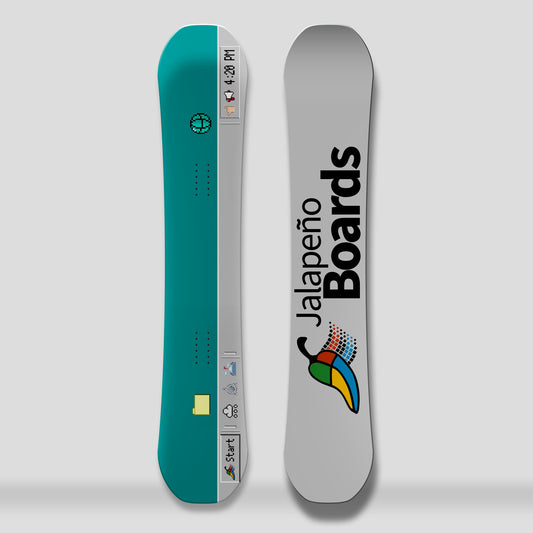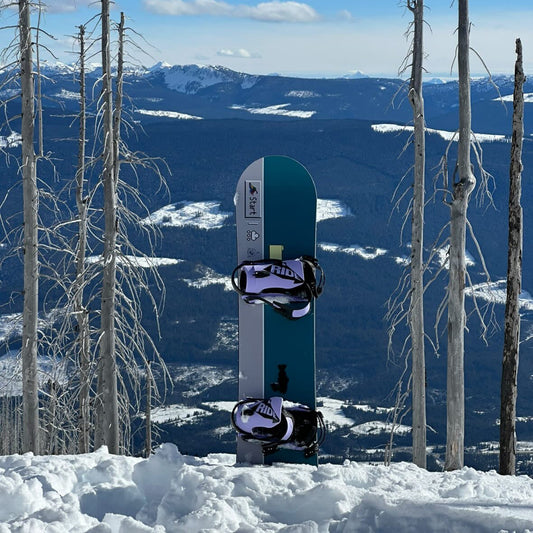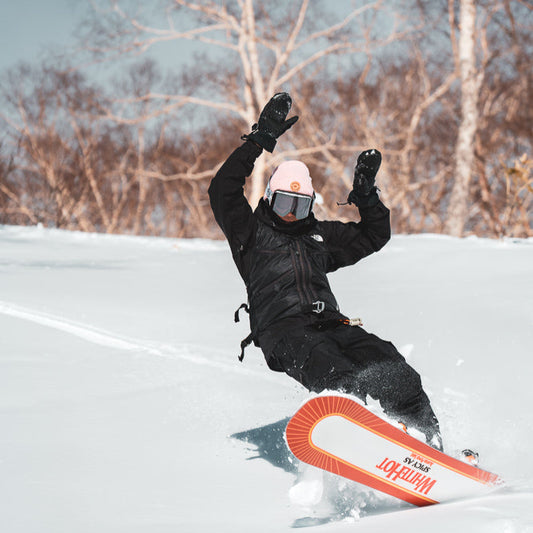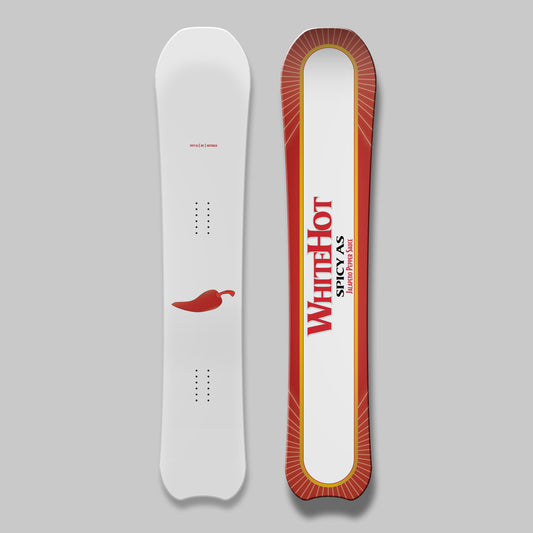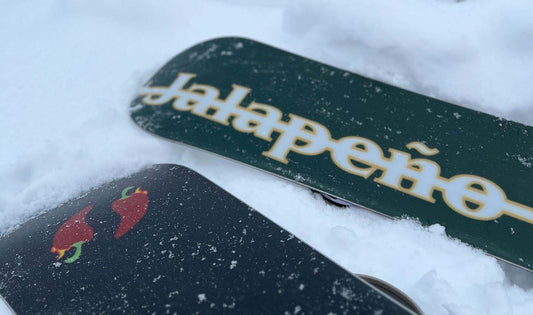When it comes to choosing the right snowboard, the shape of the board is an important factor to consider. The shape of a snowboard can affect the way it performs and feels on the mountain, so it's important to choose the right one for your specific needs and preferences. In this article, we'll take a closer look at the different types of snowboard shapes available and how to choose the right one for your riding style and ability level.
Once you have read this article, customise your own custom board based on what you have read Here!
Directional snowboards
Directional snowboards are designed to be ridden in one direction and are typically best for intermediate to advanced riders. They are typically longer and narrower than twin snowboards and generally have a slightly stiffer flex. Directional snowboards are typically preferred by riders who spend most of their time on groomed runs and in backcountry terrain. The directional shape of these boards also allows them to excel in deep powder snow, as the nose is typically wider and more tapered than the tail, which helps the board float and navigate through deep snow. The stiffer flex also helps to provide stability and edge hold in deep powder, more on that below. If you're an advanced rider looking to ride mostly in deep powder, a directional snowboard might be the right choice for you. Just keep in mind that they may not be as versatile as twin or directional twin boards in other types of terrain and snow conditions.
Twin snowboards
Twin snowboards have a symmetrical shape, with a nose and tail that are the same length and width. These boards are versatile and suitable for a wide range of riding styles, including freestyle and all-mountain. Twin snowboards excel in park riding and are a popular choice for riders who like to ride switch (with either foot forward).
Directional twin snowboards
Directional twin snowboards combine elements of both directional and twin snowboards, with a slightly longer nose and a shorter, symmetrical tail. These boards are suitable for all-mountain and freestyle riding and are a popular choice for riders who want a versatile board that can perform well in a variety of conditions.
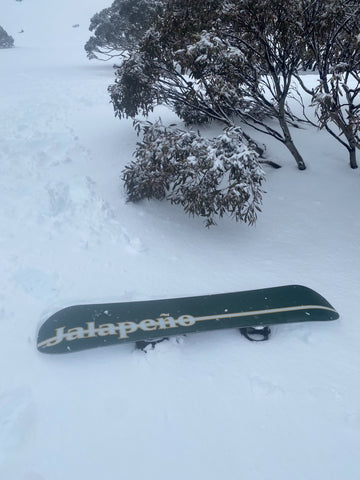
Factors to consider when choosing a snowboard shape
When choosing a snowboard shape, there are several factors to consider:
- Riding style and ability level
The type of riding you plan to do, and your ability level will play a role in which snowboard shape is best for you. For example, a beginner rider may prefer a twin snowboard for its versatility, while an experienced rider may prefer a directional snowboard for its stability at high speeds.
- Terrain and conditions
The type of terrain and conditions you'll be riding in can also impact your choice of snowboard shape. For example, a directional snowboard may be better suited for deep powder, while a twin snowboard may be more suitable for park riding.
- Personal preference
Ultimately, the right snowboard shape is a matter of personal preference. Some riders may prefer the versatility and playfulness of a twin snowboard, while others may prefer the stability and performance of a directional snowboard. It's important to consider your own needs and preferences when choosing a snowboard shape.
Snowboard camber
There are several common camber profiles to consider when choosing a snowboard. These include traditional camber, reverse camber, and flat camber.
- Traditional camber
The most classic and traditional camber profile and is characterized by a distinct arch in the middle of the board. Traditional camber is known for its powerful and responsive feel, as well as its ability to hold an edge on hardpack snow. It is well-suited for aggressive riders who like to carve and ride fast.
- Reverse camber
Also known as rocker or zero camber, is characterized by a downward curve in the middle of the board. Reverse camber is known for its forgiving and playful feel, as well as its ability to float in powder. It is well-suited for riders who like to jib, butter, and ride in softer snow conditions.
- Flat camber
A combination of traditional camber and reverse camber and is characterized by a flat or slightly downward curve in the middle of the board. Flat camber is known for its balanced and versatile feel, as well as its ability to perform well in a variety of terrain and snow conditions. It is well-suited for riders who like to ride all-mountain and do a little bit of everything.
Snowboard Flex
The flex of a snowboard can affect its performance in different types of snow. A stiffer flex is generally better for hardpack and groomed snow, as it provides more stability and edge hold. A softer flex is generally better for softer snow, such as powder and slush, as it provides more float and playfulness.
In hardpack and groomed snow, a stiffer flex can help a snowboard hold an edge and maintain stability at high speeds. It can also provide more power and pop for jumping and carving. However, a stiffer flex can also be more difficult to initiate turns and may feel less forgiving.
In softer snow, such as powder and slush, a softer flex can help a snowboard float and glide more easily. It can also provide a more forgiving and playful feel for jibbing and buttering. However, a softer flex may not be as stable or as powerful as a stiffer flex and may not hold an edge as well on hardpack snow.

Conclusion
In conclusion, the flex and camber profile of your snowboard can have a big impact on its performance and feel on the mountain. There are several common camber profiles to choose from, including traditional camber, reverse camber, and flat camber. Each camber profile has its own unique characteristics and is well-suited for different types of riding and snow conditions. The flex of a snowboard can also affect its performance, with a stiffer flex being better for hardpack and groomed snow, and a softer flex being better for softer snow. Consider your riding style, ability level, and personal preferences when choosing the right flex and camber profile for you. Don't be afraid to test ride different profiles to find the one that works best for you. With the right flex and camber profile, you'll be well-equipped to tackle any challenge the mountain throws your way.
Hey again now that you know what type of board you want, customise your own Here!


